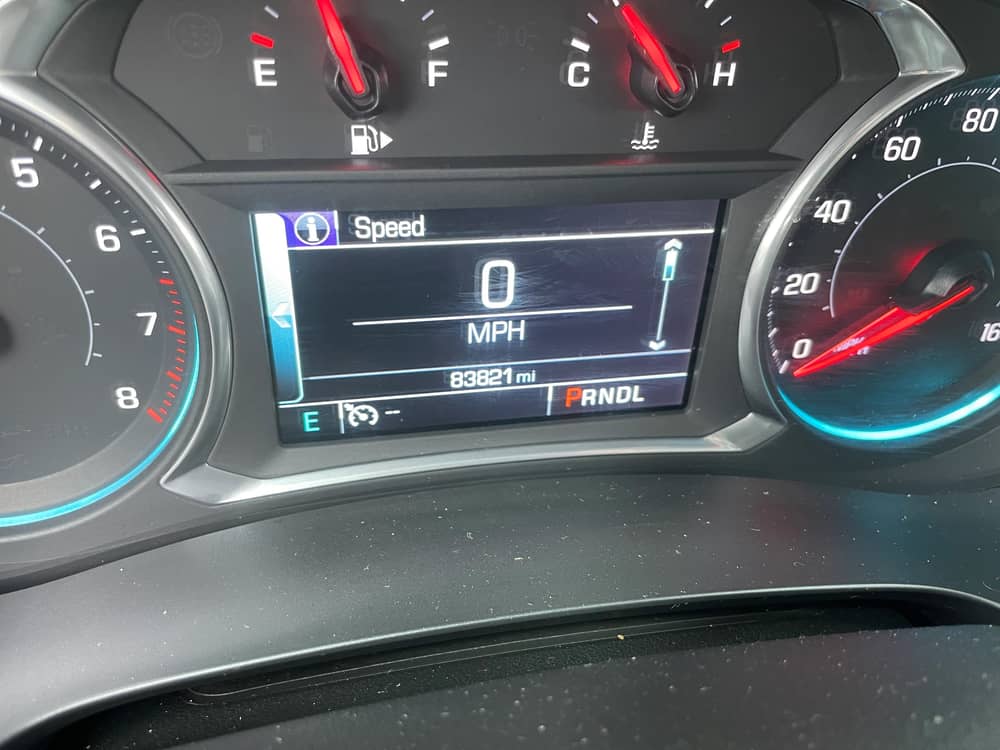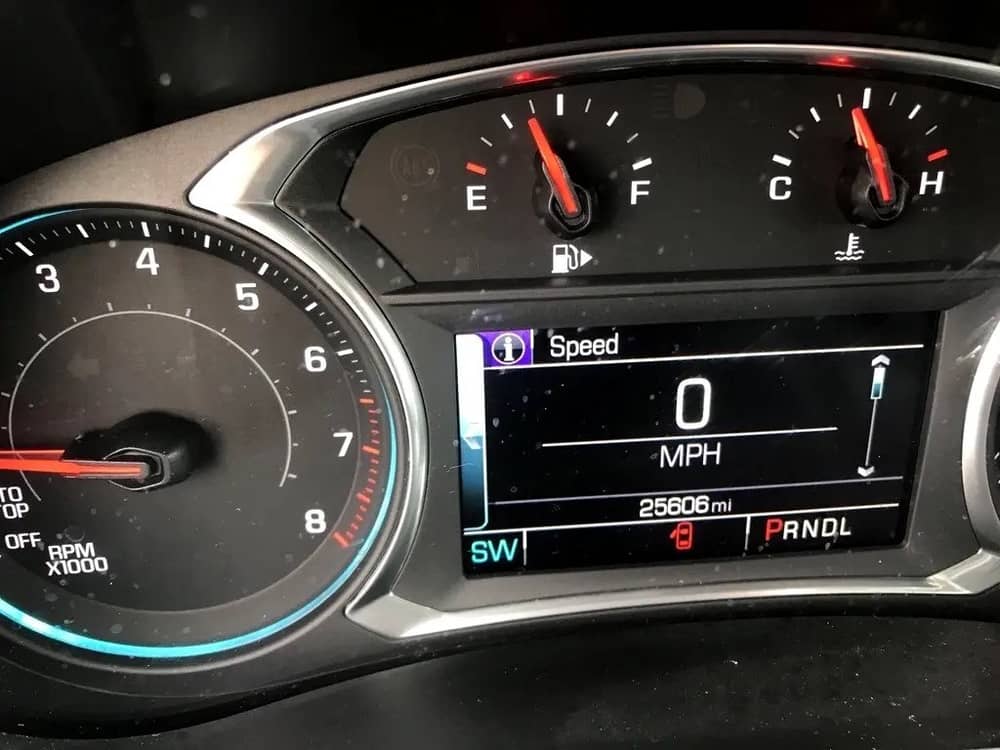The elegant look and technological technologies of the 2017 Chevy Malibu drew notice. However, it generated worries among owners about a recurring issue-auto stop troubles. What are 2017 Chevy Malibu auto stop problems?
The auto stop technology, which is intended to improve fuel efficiency by automatically turning off the engine when the car comes to a stop, malfunctioned, resulting in a variety of issues. There have been reports of the engine failing to restart after a stop, causing inconvenience and potential safety issues.
Battery problems, defective sensors, and software flaws were only a few of the causes of these concerns. Chevrolet’s corporate parent, General Motors, acknowledged these issues and issued recalls to fix the auto stop issues. We will discover the issues with the 2017 Chevy Malibu auto stop in this article. We also offer the detailed reasons and best solution to fix these problems at this time.
What Are 2017 Chevy Malibu Auto Stop Problems?

The 2017 Chevy Malibu experienced a number of auto stop issues, causing owners to be frustrated and concerned. The auto stop technology saves fuel by turning off the engine when the automobile is stopped and restarting it after releasing the brake pedal.
Engine Stalling
One of the major difficulties was engine stalling. The engine did not restart after being turned off by the auto stop feature. This results in unexpected and potentially dangerous delays, particularly in traffic or at busy crossroads. This not only caused inconvenience, but it also generated safety concerns for both drivers and passengers.
Warning Lights
In addition to stalling, afflicted vehicles started to frequently have warning lights on their dashboards. These lights indicated issues with the auto stop system or associated engine parts. This demonstrates the unreliability of the system even more. Another problematic element was the decline in vehicle performance. Many people reported having an unsettling driving experience due to delays in starting the engine and jarring acceleration after re-engagement.
Battery Drain
Another problem that has surfaced is battery drain. The vehicle’s battery was substantially utilized by the auto stop function to restart the engine. As a result, unanticipated battery drain occurs occasionally, making it difficult for drivers to restart their cars.
The 2017 Chevy Malibu came standard with a slew of cutting-edge features. As a result, the auto-stop issues shed light on the various hurdles that arise when integrating complex systems into automobiles.
Reasons For 2017 Chevy Malibu Auto Stop Problems?
The auto stop troubles with the 2017 Chevy Malibu were caused by a combination of technological complexity, software faults, hardware malfunctions, and user behavior. Some of the primary causes of these issues are as follows:
Software Glitches
The auto stop feature used complex software algorithms to determine when the engine should be turned off and restarted. Software faults or malfunctions may result in inaccurate readings, causing the system to stall or fail to correctly restart the engine.
Sensor Malfunctions
Various sensors were used by the auto stop system to detect factors such as brake pedal position, vehicle speed, and battery voltage. Incorrect data from malfunctioning sensors could lead to inappropriate system behavior.
Battery Health
To restart the engine efficiently, the auto stop feature requires a healthy battery. When the battery is weak or has problems, it may struggle to power the restart process, resulting in halting or delays.
Short Trips and Idling
The auto stop technology was meant to work best at prolonged stops, such as at traffic lights. Short excursions and frequent idling may impair the system’s capacity to perform properly, potentially resulting in failures.
User Adaptation
Some drivers found the auto stop system odd and unsettling, prompting them to engage in actions that unwittingly hampered the system’s operation. Switching between the brake and accelerator pedals too quickly may confuse the system’s algorithms.
Component Quality
Auto stop issues may also be related to the quality and dependability of system components. For instance, the starter motor, alternator, and associated wiring. Any failure of these components could have an impact on the system’s performance.
Manufacturing Tolerances
Variations in production tolerances may result in inconsistencies between automobiles. This might lead to variances in how the auto stop system worked from one vehicle to the next.
Environmental Factors
Extreme temperatures, humidity, or altitude fluctuations may have an impact on the performance of specific components involved in the auto stop system, reducing its reliability.
General Motors announced recalls and software updates to address the underlying issues in response to these incidents. These actions were taken to address issues and improve the performance and dependability of the auto stop feature in 2017 Chevy Malibu models. Let’s get to the solution in the next section.
How To Fix 2017 Chevy Malibu Auto Stop Problems?

Addressing the auto stop issues demands a holistic approach that includes both technical fixes and driver awareness. The following procedures can be performed to address these issues:
Software Updates
Comprehensive software updates are required to address any flaws or bugs in the auto stop feature’s algorithms. Engineers can detect and correct programming problems that cause the system to stall or restart erroneously.
Sensor Calibration and Replacement
It is critical to test the accuracy of the sensors that contribute to the auto stop system. Recalibrating or replacing faulty sensors can avoid inaccurate readings and allow the system to perform as intended.
Battery Examination
Conducting battery health checks and replacements as needed will guarantee that the auto stop mechanism has the power it requires to efficiently restart the engine. A properly operating battery decreases the possibility of halting or restart delays.
Driver Education
Educating drivers on how the auto stop feature works and the benefits it provides might encourage proper usage. You should be aware of the system’s limitations as well as how their driving behaviors can impact its effectiveness. Furthermore, you must avoid activities that may interfere with its operation.
System Testing and Quality Control
During the production and quality control processes, rigorous testing can uncover and correct differences in component performance. Ensure that components such as starter motors and alternators satisfy quality standards to avoid system failure.
Environmental Considerations
Creating an auto-stop system that takes into account a variety of environmental parameters. Temperature extremes and altitude fluctuations, for example, can improve its dependability under a variety of driving scenarios.
User-Friendly Interface
Improving the user interface to provide clearer indications of the status and behavior of the auto stop system can help to reduce driver concerns. Drivers can comprehend when the system is operating and when the engine will restart if there are clear visual and audio indications.
Diagnostic Equipment
Equipping service centers with advanced diagnostic equipment can aid in the rapid identification and resolution of auto stop issues. These instruments can identify specific problems, allowing for speedier and more precise repairs.
The 2017 Chevy Malibu’s auto stop difficulties can be efficiently addressed by using a holistic approach, boosting the performance and reliability of the auto stop feature for owners.
Final Thoughts
Finally, the 2017 Chevy Malibu’s auto stop issues demonstrated the difficulty of integrating sophisticated technology. Software bugs, sensor malfunctions, and battery problems highlighted the importance of rigorous technology implementation. To address these difficulties, a mix of software updates, quality control procedures, and driver education were required. We hope you found this information useful!
